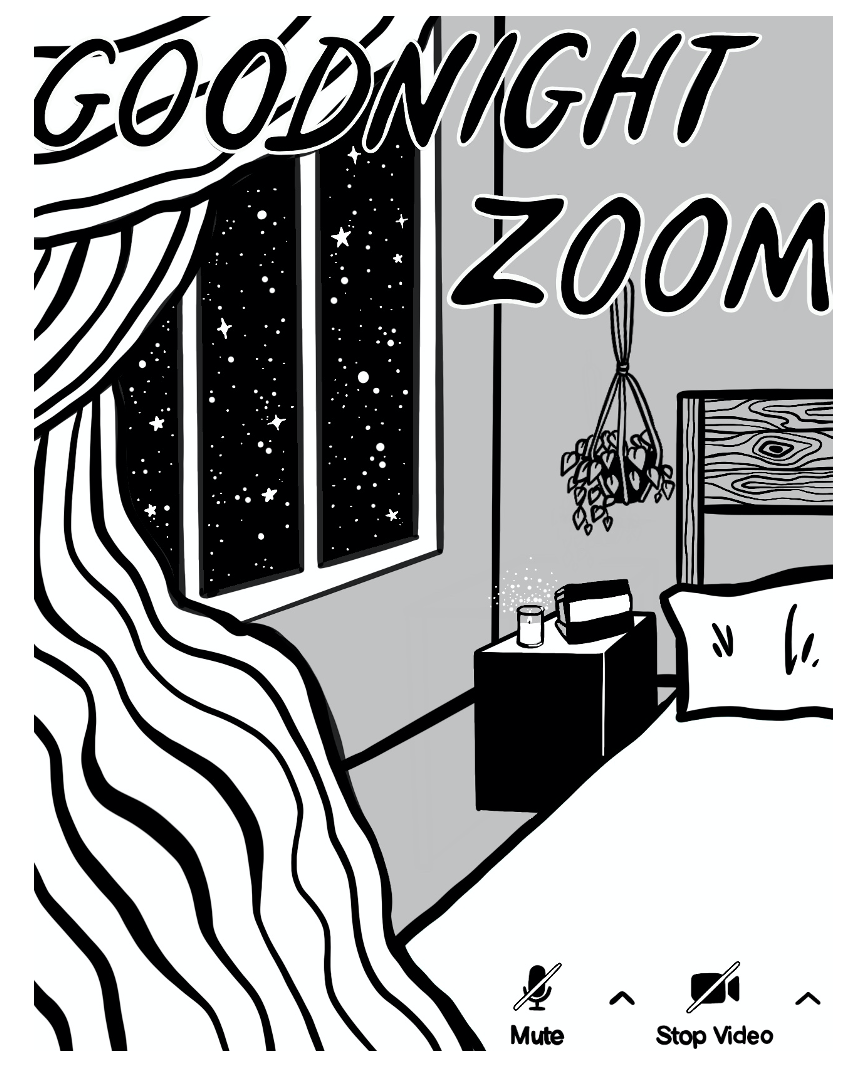Found Object Collage with Children
- Drexel ATC

- Dec 3, 2020
- 2 min read
CATX 631 Art Journals: Claire Picard
Week 7: Found Object Collage
Population: Children
Disorder: Trauma and Stressor Related Disorders
For the found object collage I decided to use some discarded jewelry-making materials including chain, wire, and various beads. I wanted to challenge my bias around found-object collage involving a sense of ‘clutter’ and ‘stuff’. By using these various metal objects, I was able to create a permanent sculptural piece. I found the process to be more cognitive and soothing in that I was attaching separate objects together with the intention of permanence. I rarely work with metals/jewelry-making materials and it was a welcomed challenge to remind myself the various techniques available to me. After creating the piece, I arranged it alongside other discarded jewelry materials and some fabric scraps. I took a photo to document the piece and decided to digitally manipulate the image as a final piece of the process. I felt as though the manipulation was an important step in the presentation of my collage. Something that I enjoy about the process is the documentation process, in finding the right angles/lighting to portray the collage. I was fascinated by images of peers work in which the production of an image drastically impacted the perspective of the viewer and let then submerge in a tiny world of the image.
For this specific process I would be interested in working with children experiencing the effects of trauma. I believe this process could be powerful in its ability to let children play and immerse themselves safely in a world of their creation. Catherine Moon claims, “creating a collage is a structured activity that engages a client in making choices and organizing materials and can be symbolic of creating order out of fragmented aspects of life or chaotic feelings” (Moon, 2010, p. 19). Giving a child the choice of selecting materials and creating their own structure and order for them could be a valuable experience not only to validate their autonomy and choices, but also as a safe expression of their experiences. The objects selected by the children themselves hold meaning in that they can be “conduits to thoughts, memories, and feelings that are externalized during art making and concretized through the telling of one’s personal story” (Kay, 2013, p. 4). The found object collage is a space for children to externalize and have control over their trauma narrative, while remaining firmly in the structure and container of the collage.
Similar to my process, I would be interested in incorporating the step of creative documentation. I worked with a peer in my art education program at Penn State that explored the use of photography and documentation with pre-school aged children, where they were given cameras to document their process/art pieces. The resulting photographs were incredibly endearing as well as informative. I am unable to find much research on this topic, but would be curious in incorporating this approach in an art therapy context.
Kay, L. (2013). Bead collage: An arts-based research method. International Journal of Education and the Arts, 14(3).
Moon, C. H. (Ed.). (2010). Materials and media in art therapy. ProQuest Ebook Central https://ebookcentral-proquest-com.ezproxy2.library.drexel.edu




Comments